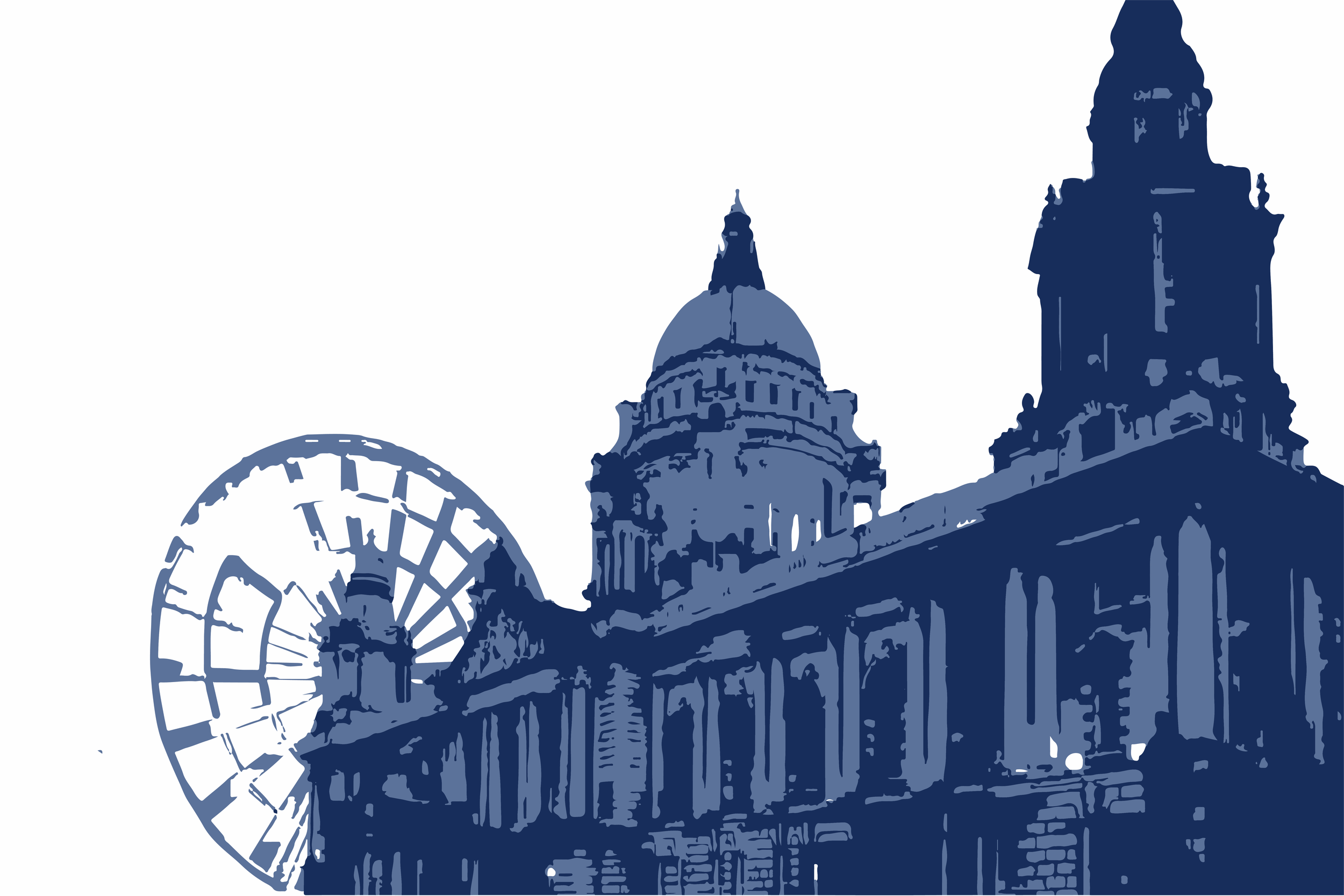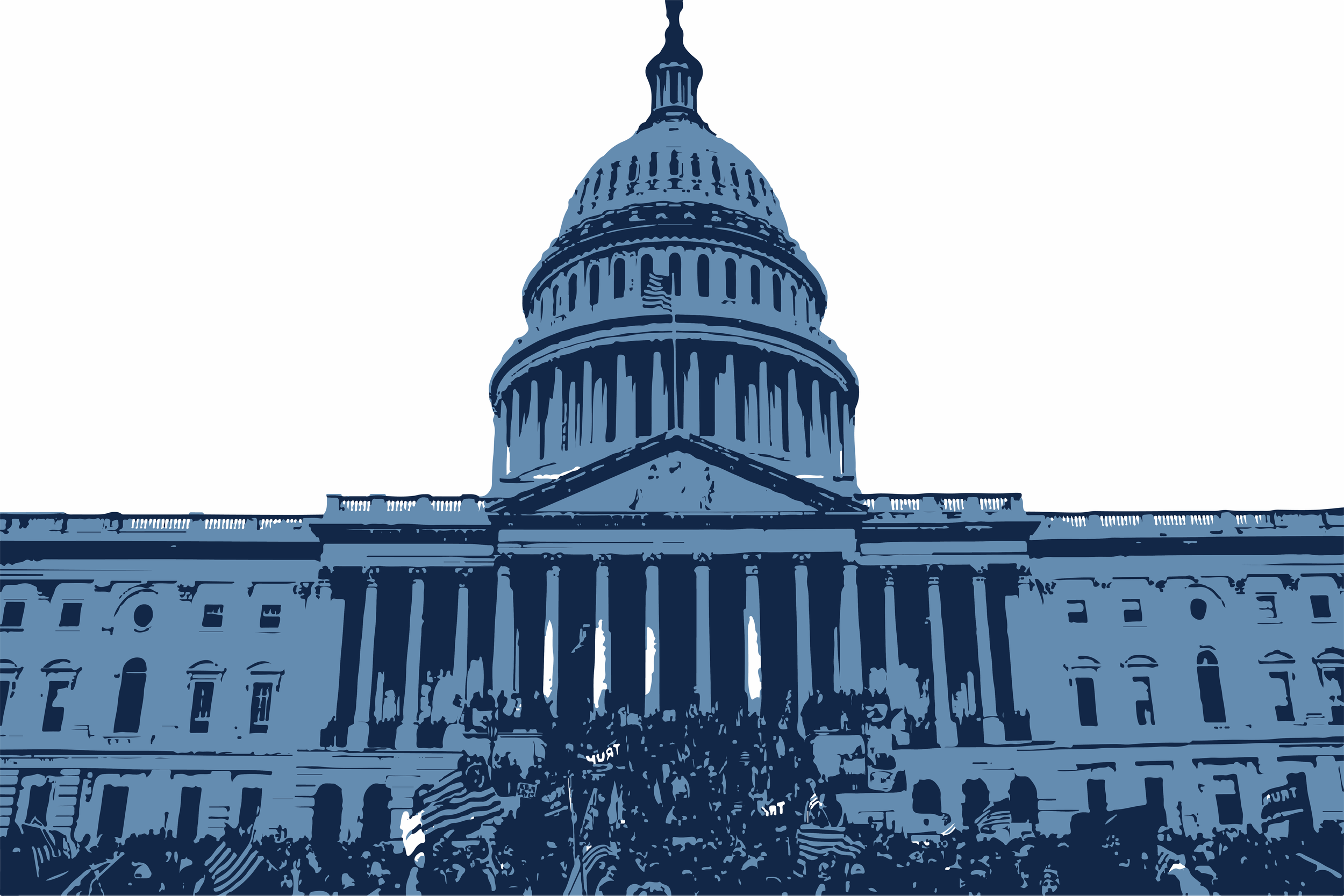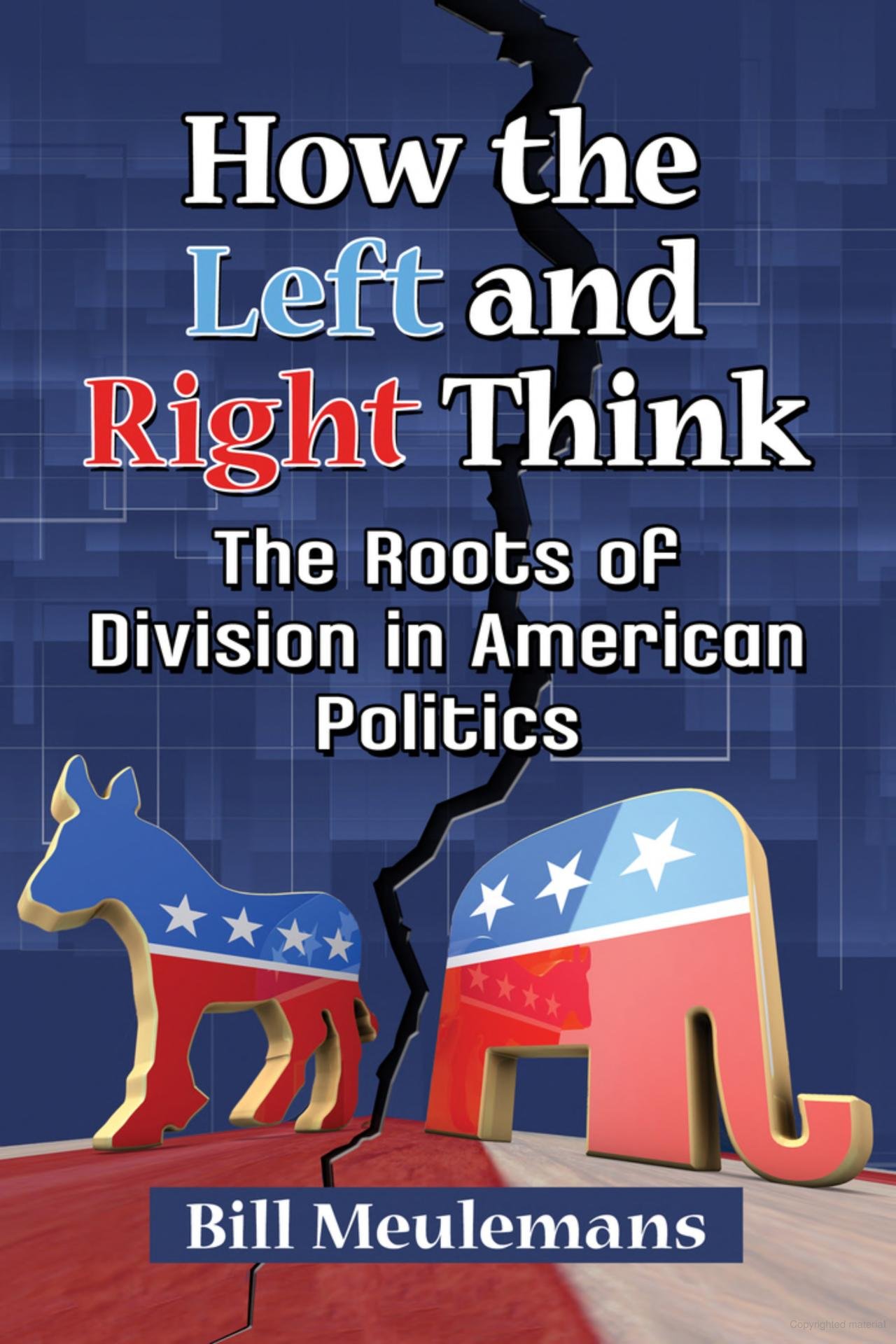
Belfast Flashbacks: Stories From Both Sides.
This book presents a series of 28 stories concerning the Northern Ireland conflict. It is a personal account of my experiences in Belfast during a 14-year period when I befriended the most vulnerable people on both sides. I don’t think the outside world ever understood the power of the divisive ideology and mythology as it related to sectarian behavior in the North of Ireland. What happened there is a terrible example of what good people can do to each other when an ethnic conlfict rages out of control. Both sides were swept into an aggressive lifestyle that may still be buried deep inside the people of Ulster. Here are some of the major topics covered in the book.
There was a time when I was a prime target for loyalist gunmen.
My most reliable information came from taxi drivers on both sides.
The economic class wall in Belfast is just as high as the sectarian wall.
I visited both republican and loyalists in the Maze prison (Long Kesh).
One of my most important acts was to save a Belfast couple from being murdered.
The conflict was three-cornered: republicans, loyalists and the police.
The Irish Catholic Church and the British Government have the same political interests.
The Reverend Ian Paisley preached that Catholics were all going to Hell.
A group lunch in Derry concluded as Protestants declared that God was on their side.
Some the Politics faculty at The Queen’s University of Belfast resented me being on their staff.
The Protestant business community had no idea why republicans rebelled.
Catholics and Protestants in the North even think differently.
I brought together a Trappist Monk and an Irish Prize fighter that had been separated for 54 years.
The “Mark of the Beast” is on the leaders of both sides of the conflict.

Dynamiting the Siskiyou Pass and Other Short Stories from Oregon and Beyond.
This book spans my 47-year-career of a political scientist who focused on learning about politics out on the street in the United States, Northern Ireland and Israel. My stories include how the largest American commune was formed in a rural area, why a state government sponsored an illegal rock festival, and the charges of an Israeli professor that the Holocaust shaped the Israels treatment of the Palestinians. The title of the book relates to the plan of super-patriots to blow up the Interstate 5 freeway mountain pass dividing Oregon from California to prevent a Communist invasion from the south. Most of the stories relate to how the 1960s laid the foundation for politics today. Here are some of the highlights from the book.
Surprisingly, Franklin Roosevelt and Donald Trump had many things in common.
Thousands of Americans today feel that an armed rebellion is justified.
Some folks believe Communists will use rock-and-roll music to take over the country.
Rajneeshpuram offered complete sexual freedom to 7,000 individuals inside an armed camp.
I interviewed Klan members who seemed to enjoy the act of killing a helpless animal.
There was a Jewish mother from Poland who found her daughter’s coat in Auschwitz.
Empathy is a burden for liberals who want to help the disadvantaged.
Democrats are inherently disorganized and less willing to unify as a political organization.
The John Birch Society tried to get me fired, so I went to their Christmas party.
A state representative almost ruined her own political career by doing the right think for her constituents.
Extremists of the left and right look down on American elected officials at all levels.
Southern Oregon is a melting pot that never melted.

How the Left and Right Think: The Roots of Division in American Politics.
The major mission of this book is to explain the basic differences between the left and right in American society and the general philosophy within each political camp. The most important difference between the two sides centers on their contrasting views of human nature — how the political/social institutions should be designed — and their respective commitment to democratic values. Special attention is given to the conditions that promote political extremism and vlolence. Here are some of the themes that are developed in the book.
American political ideology has qualities that are both feminine and masculine.
Whether people are viewed as inherently “good’ or “bad’ is the most important question in politics.
Uncontrolled financial contributions are the most corrupting influence in American politics.
When the right to vote is at risk, everything else in the political system is at risk.
Great concentrations in wealth will ultimately destroy democratic institutions.
Right-wing extremists are often viewed by the public as just being overzealous patriots.
Conservative ideology is more in tune with American mythology than are the principles of liberalism.
Unfulfilled people want to believe in something, whether it is true or false makes little difference.
Political extremism can exist without a belief in God, but not without a belief in the Devil.
It is easier for an extremist to switch sides in a revolution than to become a political moderate.
There are dark corners in American society where intolerance is in complete control.
When people are uncertain about their future, they are attracted to authoritarianism.



